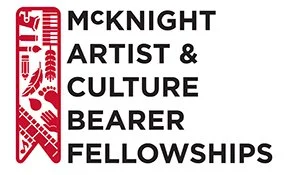Overview of Drawing
Drawing is a universal language, a way to capture ideas, emotions, and observations on a two-dimensional surface. It involves the skillful application of lines, tones, and textures to create representational or abstract imagery. Drawing is a foundational skill for artists and designers alike.
Key Concepts in Drawing
Understanding core drawing principles is essential for creating compelling artwork. These include:
- Line: The most basic element, used to define shapes, create texture, and convey movement.
- Shape and Form: Distinguishing between flat shapes and three-dimensional forms.
- Value: The lightness or darkness of a tone, crucial for creating depth and realism through shading.
- Texture: The perceived surface quality of an object, achieved through different mark-making techniques.
- Perspective: Creating the illusion of depth and space on a flat surface.
Deep Dive: Techniques and Mediums
Artists employ a wide array of techniques and mediums to bring their drawings to life. Common mediums include:
- Graphite pencils
- Charcoal
- Pastels
- Ink
- Digital drawing tools
Techniques vary from precise, detailed rendering to loose, expressive sketching. Mastering shading techniques like hatching, cross-hatching, stippling, and blending is key to achieving realistic effects.
Applications of Drawing
Drawing’s utility extends far beyond fine art. It is vital in:
- Illustration: Visualizing stories and concepts.
- Architecture and Design: Conceptualizing and communicating designs.
- Animation: Creating the frames for animated films and series.
- Scientific Observation: Documenting specimens and phenomena.
- Fashion: Sketching garment designs.
Challenges and Misconceptions
Many believe drawing requires innate talent, but it is largely a learned skill. Practice and observation are paramount. Another misconception is that drawing must always be realistic; abstract and expressive drawing are equally valid forms of artistic expression.
FAQs about Drawing
What is the difference between drawing and sketching? Sketching is often a quicker, looser form of drawing used for capturing ideas rapidly, while drawing can be more detailed and finished.
How can I improve my drawing skills? Consistent practice, studying anatomy, understanding light and shadow, and drawing from observation are crucial.
Is digital drawing the same as traditional drawing? While the tools differ, the underlying principles of composition, form, and value remain the same.






